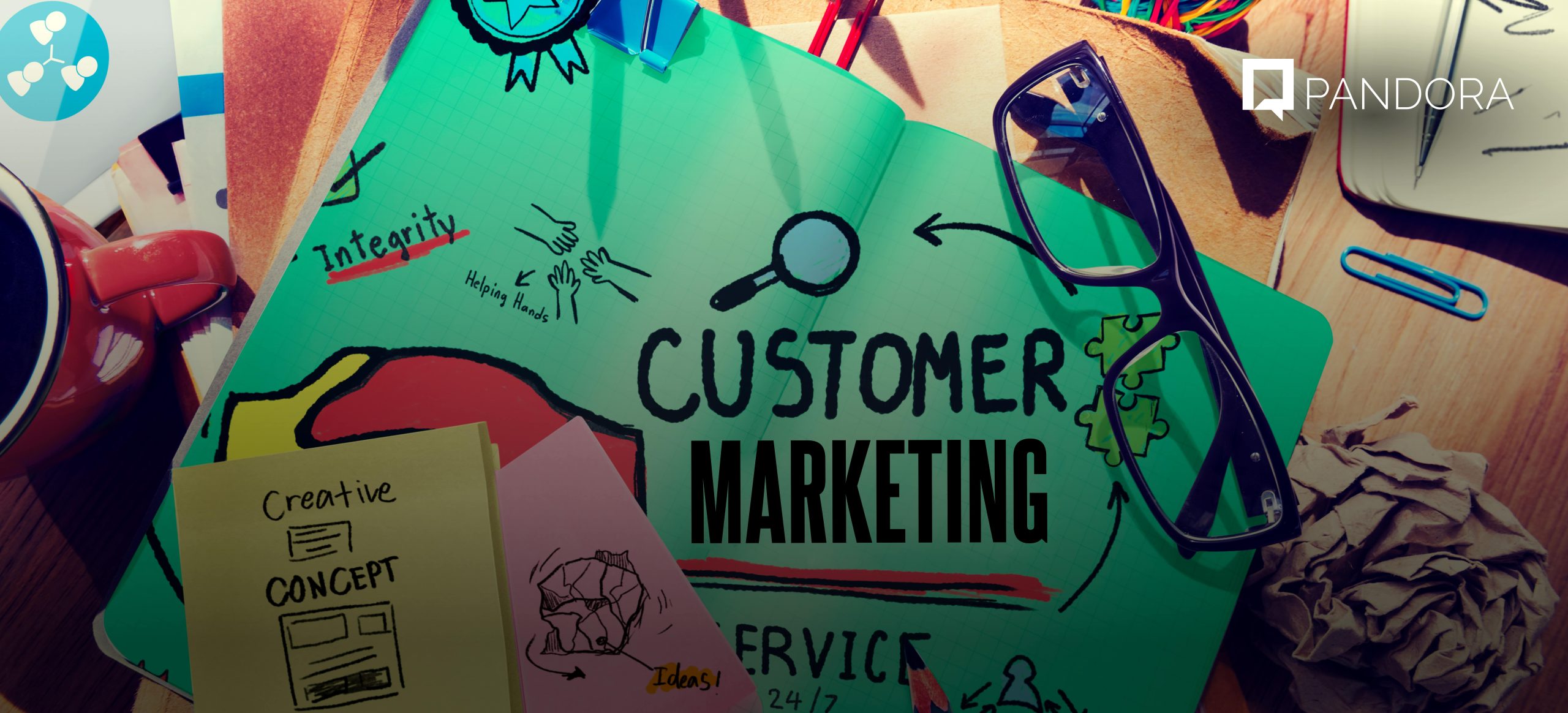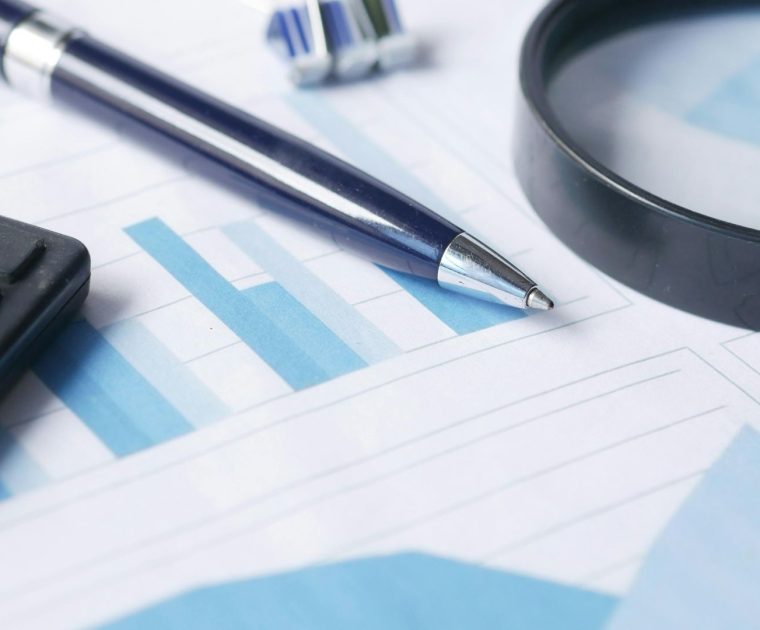In the rush to stand out in a crowded market, many small and medium-sized businesses often forget the need to put your audience first. While promoting products and services might seem like the obvious path to success, the true key lies in prioritizing the needs and preferences of your customers.
Putting your audience first isn’t just a strategy; it’s essential for building strong connections and driving sustainable growth.
This guide will show you how a customer-centric approach can transform your marketing efforts and lead to lasting success.
Why You Need to Put Your Audience First
Customer-centric marketing is not just about making a sale; it’s about building long-term relationships that foster loyalty and drive repeat business.
When you prioritize your customers, you create a personalized journey that resonates with them, leading to enhanced satisfaction and higher retention rates.
This approach also allows you to allocate your marketing resources more effectively, targeting the segments most likely to convert and contribute to your business growth.
By putting your audience first, you gain a competitive advantage, as businesses that provide exceptional customer experiences stand out in the market.
Satisfied customers are more likely to become loyal advocates, spreading positive word-of-mouth and bolstering your brand’s reputation. In turn, this leads to increased revenue and sustained success.
7 Keys to Customer-Centric Marketing
1. Understanding Your Customers
The cornerstone of customer-centric marketing is deeply understanding your customers. This requires gathering data through surveys, feedback forms, and social media monitoring, as well as analyzing purchasing behaviors. Tools like Google Analytics and social media insights provide valuable information about customer preferences and actions.
2. Creating Customer Profiles
With the data collected, create detailed customer personas—semi-fictional profiles representing your ideal customers. These personas help you grasp the motivations, challenges, and goals of your audience, allowing for more targeted and effective marketing strategies.
3. Tailoring Your Offerings
Tailoring your offerings begins with leveraging the insights gathered from your research to adapt your products and services to better meet customer needs. This might involve introducing new features, providing personalized options, or enhancing services based on direct customer feedback.
Personalization is crucial and goes beyond merely using a customer’s name in communications. It’s about crafting marketing messages, offers, and content that resonate with each customer’s unique preferences and behaviors, ultimately elevating their overall experience with your brand.
4. Building Customer Relationships
Building strong customer relationships involves consistently engaging with your audience through various channels such as social media, newsletters, and personalized communication. Recognize important milestones like birthdays with customized messages or special offers to deepen the connection.
Exceptional customer service is also key; your team should be well-trained, empathetic, and efficient in resolving issues. Offering multiple support channels—such as phone, email, live chat, and social media—ensures that you meet customer preferences and provide the best possible service.
5. Creating Valuable Content
Creating valuable content involves producing educational materials that genuinely benefit your customers, such as blog posts, how-to guides, videos, or infographics that address their common questions or offer insights into your industry. This approach not only drives traffic but also reinforces your brand’s authority.
Additionally, storytelling plays a crucial role; use narratives about your brand’s journey, customer success stories, or the positive impact of your products or services to forge deeper emotional connections with your audience.
6. Leveraging Technology
Leveraging technology is key to enhancing your marketing strategy. Implementing Customer Relationship Management (CRM) systems allows you to manage customer interactions, track their behavior, and personalize your marketing efforts effectively, giving you a comprehensive view of each customer’s journey.
Additionally, utilizing marketing automation tools can streamline tasks such as email marketing, social media scheduling, and targeted advertising. Automation ensures that your communication is timely and personalized, boosting both efficiency and effectiveness.
7. Measuring Success
Identify and monitor KPIs related to customer-centric marketing, such as customer lifetime value (CLV), net promoter score (NPS), retention rates, and conversion rates. These metrics provide insights into the effectiveness of your strategies and guide necessary adjustments.
Customer-centric marketing isn’t just about using the latest tools—it’s about embracing a mindset that puts your customer at the core of every decision. This approach means crafting compelling content, actively listening to feedback, ensuring consistency across all channels, and building trust with your audience.
At Pandora Agency, we specialize in creating results-driven strategies that prioritize what truly matters: your customers. Reach out to us today, and let’s get started on transforming your marketing approach!





Leave a Reply